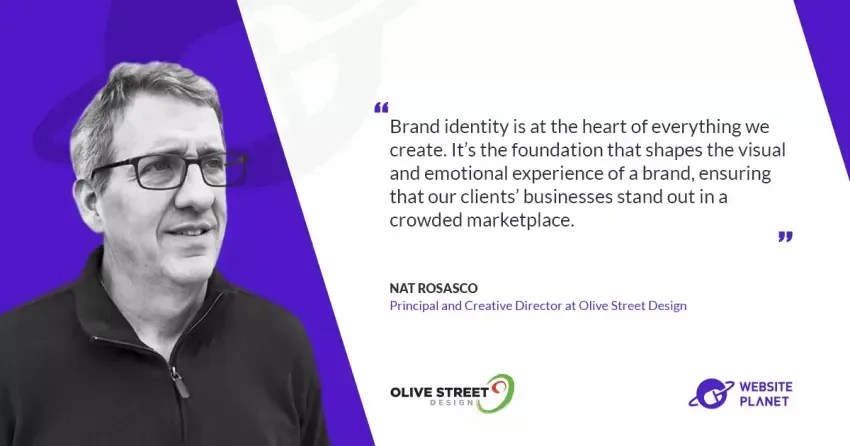Coming Back Bigger and Better After a Job Loss

Losing a job — it’s listed as one of the top five most stressful life events, right up there with the death of a loved one and divorce. In our society, much of our self-worth and feelings of identity are tied to our work. That’s why when we lose our jobs, it feels personal — very personal. No matter how many other people may be going through it with you at the same time, it’s always hard.
It’s Normal to Grieve
Your first reaction could be overworking yourself into a panic, looking for a new job. Or maybe you’ve become paralyzed, not knowing where to turn next. Psychologists agree that you should initially take a step back and focus on taking care of yourself, your health, and your mental well-being. Only by doing this first can you hope to be successful in creating a new future for yourself.
Make a Plan
You may have thought that your job was going to be what you were going to do for the rest of your life, so you never gave much thought to doing anything else. That’s why you may be feeling stuck right about now.
Brush up your resume. Or, if you haven’t written one in a very long time, start all over with a new one. There are templates that you can find online for free that can make yours personalized and eye-catching and can make sure you don’t miss any of the important steps.
Make a list of everyone you know and start networking. Face-to-face networking works best, even if it’s over a zoom call for distant contacts. Friends, family, past co-workers, and even your old boss can be great resources. You might feel awkward, as though you’re asking for a favor. But you can actually think of it as helping to fill an empty position for a company that would be all the better for you being employed there.
Use social media sites. Even if you don’t want to let everyone on your Facebook page know you’ve been recently unemployed, you can use Facebook’s business pages and engage with employers there. Then there’s LinkedIn. It’s the premier social networking site for matching potential employers with talent. There are some pretty strict rules for etiquette when using LinkedIn, though, so make sure you’re familiar with them all before using them to job hunt.
Hire Yourself — Become an Entrepreneur
If you’re collecting unemployment benefits, this can be a way to get paid while you’re working out the details of how you’ll start your new business. Since it’s likely you won’t be making any kind of income from your business right away, you should still be eligible for your benefits. But it’s always wise to check with your state’s unemployment agency to make sure you’re not breaking any rules.
Create a business plan that will help walk you through all the steps you’ll need to take to bring your business from simply an idea into a full-fledged money-making company. You’ll need to create a business name, a business structure like a sole proprietorship or LLC, a marketing strategy, a plan for attracting investors, and creative ways to grow your business.
Market your business online through all your social media sites. Most allow you to have free business pages, and you can even purchase ads with them and track how well they’re doing by having a free glance at the analytics of your campaign. In-person networking is still the most personal way of marketing your business. For that, you’ll want to carry business cards with you at all times. They’re free to make using online templates. They allow you to customize your cards with your own designs and photos, and you can choose from a library of fonts, colors, and more.
Look into all the software and apps that can make running your business more efficiently and at less cost. For instance, if you’ve created your own construction business, you’ll be able to enjoy huge time savings with software that can let you start bidding jobs up to 10x faster with construction takeoff software.
Once you’ve allowed yourself some self-care time in order to regroup your energy and destress your mind after your job loss, it can become clear that it’s not the end of the world. In fact, it can be the start of bigger and better things!
How to Create a Productive Home Office After A Job Layoff
https://todayshomeowner.com/blog/guides/creating-a-productive-home-office-after-a-job-layoff/
Olive Street Design is an award-winning and nationally recognized Chicago web design firm. Contact us when you’re ready to market your new business and see just how fast we can take you to the next level.



















